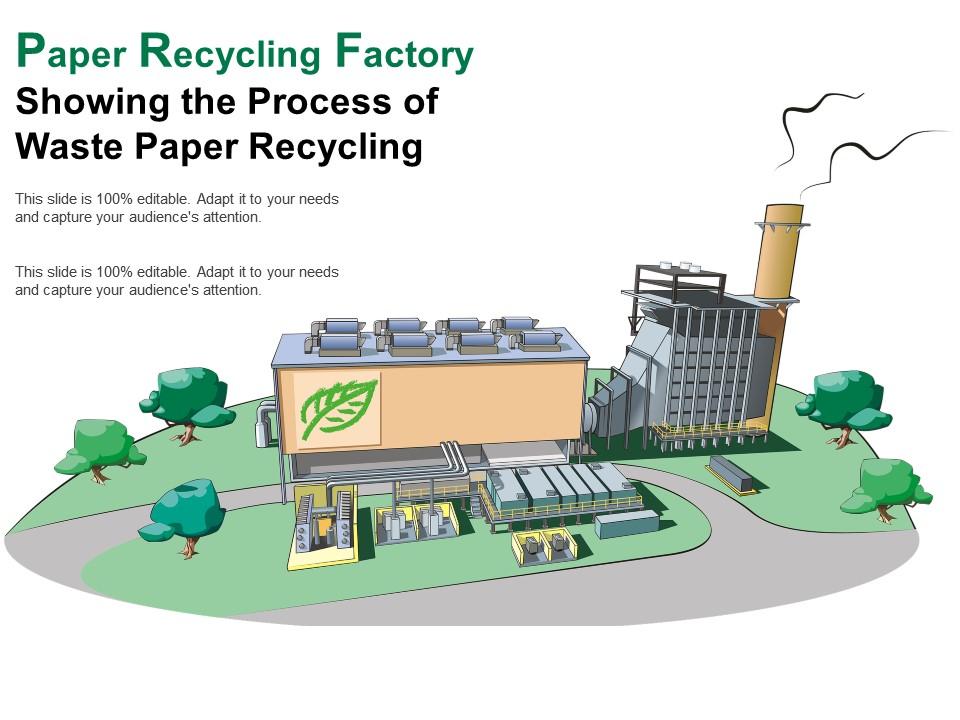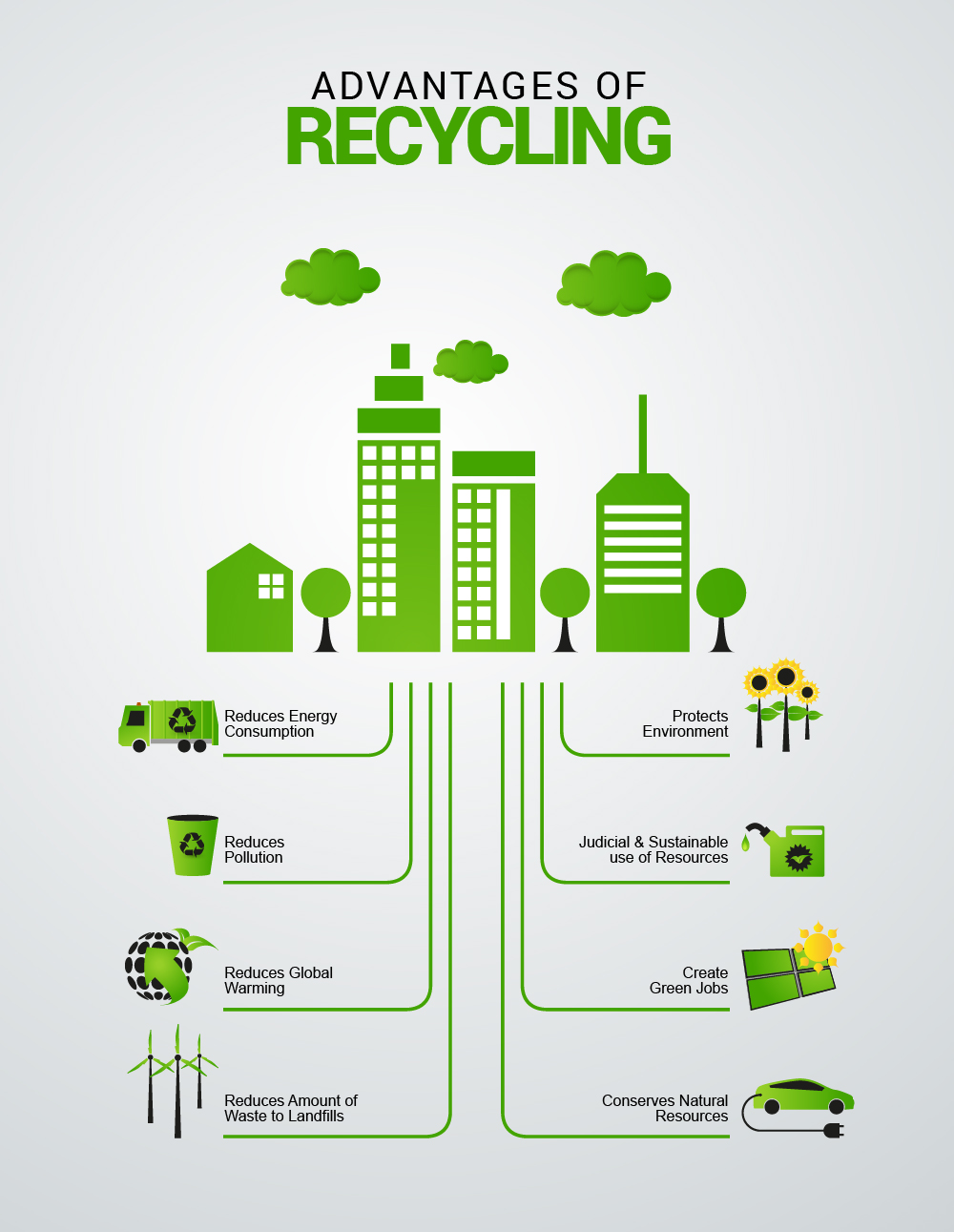Commonly Recycled Materials And Processes Presentation
| Introduction to Recycling | ||
|---|---|---|
| Recycling is the process of converting waste materials into reusable materials. It helps conserve natural resources and reduce the amount of waste sent to landfills. Commonly recycled materials include paper, plastic, glass, metal, and electronic waste. | ||
| 1 | ||
| Paper Recycling | ||
|---|---|---|
| Paper recycling involves collecting, sorting, and processing used paper products. The collected paper is then shredded, mixed with water, and turned into pulp. The pulp is then cleaned, de-inked, and dried before being turned into new paper products. | ||
| 2 | ||
| Plastic Recycling | ||
|---|---|---|
| Plastic recycling begins with the collection and sorting of plastic waste by type. The sorted plastics are then cleaned, shredded, and melted down to form pellets. These pellets can be used to manufacture new plastic products or further processed into fibers for textiles. | ||
| 3 | ||
| Glass Recycling | ||
|---|---|---|
| Glass recycling involves collecting and sorting glass by color. The sorted glass is then crushed into small pieces called cullet. The cullet is melted in a furnace and molded into new glass products. | ||
| 4 | ||
| Metal Recycling | ||
|---|---|---|
| Metal recycling includes both ferrous (iron-based) and non-ferrous metals. Scrap metal is collected, sorted, and processed to remove impurities. The purified metal is then melted, cast, and shaped into new metal products. | ||
| 5 | ||
| Electronic Waste Recycling | ||
|---|---|---|
| Electronic waste, or e-waste, includes old electronic devices like computers and smartphones. E-waste recycling involves disassembling the devices to recover valuable components. These components are then recycled or reused, while hazardous materials are safely disposed of. | ||
| 6 | ||
| Recycling Process Benefits | ||
|---|---|---|
| Recycling conserves energy and reduces greenhouse gas emissions. It helps conserve natural resources like trees, water, and minerals. Recycling reduces the need for raw materials extraction and landfill space. | ||
| 7 | ||
| Challenges of Recycling | ||
|---|---|---|
| Contamination of recycled materials can decrease their quality and value. Lack of proper recycling infrastructure and awareness can hinder recycling efforts. Some materials, like certain plastics, are more difficult to recycle due to their composition. | ||
| 8 | ||
| Promoting Recycling | ||
|---|---|---|
| Educate individuals and communities about the importance of recycling. Provide accessible recycling bins and facilities in public spaces. Support government policies and initiatives that promote recycling and waste reduction. | ||
| 9 | ||
| Conclusion | ||
|---|---|---|
| Recycling is an essential process to conserve resources and reduce waste. By recycling commonly used materials, we can contribute to a more sustainable future. Let's all play our part in recycling and making a positive impact on the environment. | ||
| 10 | ||
| References (download PPTX file for details) | ||
|---|---|---|
| Environmental Protection Agency (EPA). (2021)... National Geographic. (2021). Recycling. Retri... Your third bullet... |  | |
| 11 | ||









